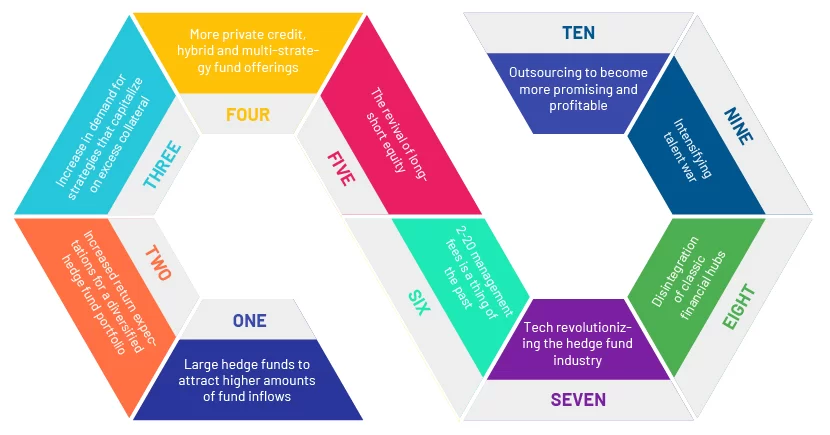In a market landscape often defined by uncertainty, volatility, and rapid sentiment shifts, growth-oriented portfolios are particularly vulnerable to sharp drawdowns. Whether you’re managing high-beta tech stocks or holding positions in emerging market equities, risk management is a non-negotiable element of sustained success.
While outright selling or abandoning positions may protect capital, it also risks missing out on long-term upside. Enter the put spread—a strategic options structure that enables traders and investors to hedge their portfolios while maintaining core exposures.
Understanding the Mechanics of a Put Spread
Fundamentally, a bear put spread is constructed by purchasing a put option at a higher strike price while concurrently writing (selling) another put option at a lower strike price, with both contracts set to expire on the same date. This creates a defined-risk, limited-reward strategy that profits if the underlying asset declines in value, but not past a certain point.
For example, suppose a trader owns shares of a fast-growing tech company currently trading at $150. Concerned about short-term volatility but unwilling to exit the position entirely, the trader could purchase a $145 put while selling a $135 put. This creates a protective structure that caps the potential hedge payout but significantly reduces cost compared to buying a standalone put option.
The result is a tactical structure that protects a defined range, ideal for traders expecting a moderate decline rather than a catastrophic collapse.
Why Use Put Spreads Instead of Selling Out?
Selling out of a position entirely might seem like the easiest form of risk management, but it comes with major downsides: exit timing risks, transaction costs, and lost exposure to potential rebounds. This is particularly painful in growth portfolios, where even a short absence from the market can mean missing crucial upward moves.
Put spreads offer a solution that aligns with active portfolio management. They allow the investor to stay invested, reduce net downside risk, and define potential losses—all without triggering a full position exit. This is especially useful during periods of macro uncertainty, earnings announcements, or geopolitical tensions where markets could swing abruptly but recover quickly.
Furthermore, the cost of a put spread is substantially lower than a single protective put because the premium received from selling the lower-strike put offsets the cost of buying the higher-strike one. This reduced cost structure makes it a more sustainable long-term strategy for hedging multiple positions or larger portfolios.
Strategic Hedge Applications for Growth Portfolios
Growth portfolios often exhibit higher volatility and beta than value-focused or dividend-oriented portfolios. While this offers higher upside potential, it also exposes traders to sharper and more frequent corrections. In this context, put spreads become a useful tool for targeted defence.
Earnings Season Buffer
Companies in growth sectors like biotech, fintech, or AI frequently experience significant price swings during earnings season. By employing a put spread ahead of an earnings announcement, a trader can create a cost-effective downside buffer without liquidating shares or initiating full hedges across the board.
Sector-Specific Hedging
Rather than hedging an entire portfolio, traders can focus put spreads on particularly volatile holdings or sectors, such as semiconductors or green energy stocks. This tactical approach avoids over-hedging while still addressing critical risk pockets.
Tactical Market Corrections
In times when broader market sentiment appears shaky—for instance, when inflation surprises, interest rate hikes, or geopolitical risks loom—a trader can deploy put spreads on index ETFs like the NASDAQ-100 (QQQ) or the S&P 500 (SPY). This allows a more generalised protection while keeping individual stock positions intact.
Comparing Put Spreads to Alternative Hedging Tools
There are multiple ways to hedge, each with its own trade-offs:
- Protective Puts: Offer greater downside protection but are more expensive.
- Stop-Loss Orders: Remove the human element from risk control, but may trigger unwanted exits during intraday volatility.
- Inverse ETFs or Short Positions: Provide strong negative correlation but carry exposure to timing risks and margin requirements.
- Covered Calls: Generate income but don’t offer downside protection—the inverse of a put spread’s profile.
Put spreads sit neatly in the middle. They cost less than protective puts, offer defined downside protection unlike covered calls, and avoid the full displacement that comes with stop-losses or shorting.
To explore the intricacies of how these spreads function, including visual payoff diagrams and in-depth examples, traders can refer to the original site, which breaks down the full mechanics of constructing and managing put spreads effectively.
Building Confidence in Volatile Times
Volatility doesn’t have to lead to panic or portfolio abandonment. Instead of rushing to exit growth positions during downturns, traders can lean into tools like put spreads to stay engaged with the market while defending against short-term shocks. These strategies offer peace of mind and preserve opportunity, crucial components of long-term investing success.
In a world where market swings are frequent and investor sentiment changes rapidly, strategic hedge structures like the bear put spread are powerful allies. They offer traders a cost-efficient way to hold their ground, manage risk, and maintain exposure to what matters most: long-term growth potential.
By integrating put spreads into a disciplined risk management playbook, traders don’t just defend their portfolios—they empower themselves to navigate volatility with clarity and control.




